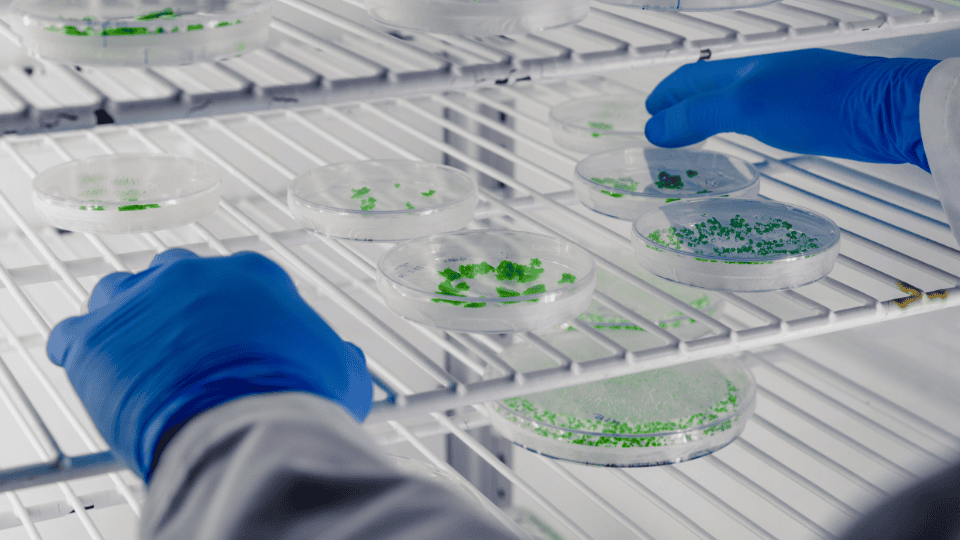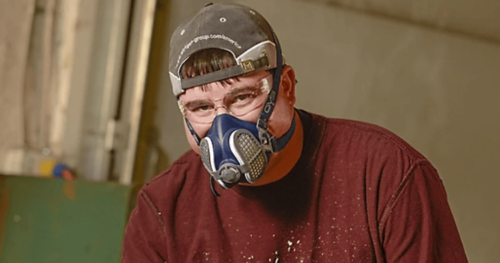In many systems where sterility and cleanliness are critical, bacterial filters are essential parts. For these filters to function efficiently and reliably, proper installation and upkeep are essential. The best techniques for bacterial filter installation and upkeep will be covered in this extensive guide from GVS Malaysia in order to optimize the filters’ effectiveness and lifespan.
Best Practices for Installation of Bacterial Filters
- Pre-Installation Checks Before installing a bacterial filter, ensure that the environment is clean and free of contaminants that could compromise the filter’s sterility. Check the filter packaging for any signs of damage. A compromised package could indicate potential contamination, which could reduce the filter’s effectiveness.
- Proper Handling and Storage Always handle bacterial filters with clean gloves to prevent the transfer of oils and bacteria from hands. Store filters in a dry, clean environment to prevent pre-installation contamination and ensure they are kept in their original packaging until the moment of installation.
- Follow Manufacturer Instructions Each type of bacterial filter may have specific requirements for installation depending on its design and intended use. Always refer to GVS Malaysia’s installation guidelines to ensure correct fitting, orientation, and connection.
- Ensure Sealing and Fit Proper sealing is crucial for the effective operation of bacterial filters. Ensure that filters are correctly aligned and securely fitted to prevent any bypass of unfiltered air or fluid. Double-check connections for any potential leaks.
Maintenance Best Practices for Bacterial Filters
- Regular Inspection and Testing Schedule regular inspections of the bacterial filters to check for any signs of wear or damage. Perform integrity testing as recommended by GVS Malaysia to ensure the filter’s effectiveness over time.
- Follow Cleaning Protocols Some bacterial filters are designed to be cleaned and reused. Follow the specific cleaning protocols provided by GVS Malaysia to ensure that the filter maintains its integrity and performance. Use only approved cleaning agents and methods to avoid damaging the filter media.
- Timely Replacement Bacterial filters have a limited lifespan, which can be affected by their operational environment and the volume of air or fluid they process. Keep track of the filter’s usage and replace it according to the schedule recommended by GVS Malaysia to maintain optimal performance and safety.
- Documentation and Record Keeping Maintain accurate records of installation dates, maintenance activities, testing results, and replacements. This documentation will help ensure compliance with regulatory standards and assist in troubleshooting any issues that may arise.
Conclusion
To fully utilize the advantages of bacterial filters in any crucial application, proper installation and upkeep are essential. Facilities may guarantee that their bacterial filters operate efficiently and offer dependable defense against contamination and infection by following these best practices. GVS Malaysia is dedicated to providing their customers with top-notch products and thorough advice to satisfy their filtration requirements.



